Analogue Impressions Update – Dr Sahil Patel
Featured Products Promotional FeaturesPosted by: Dental Design 24th November 2019
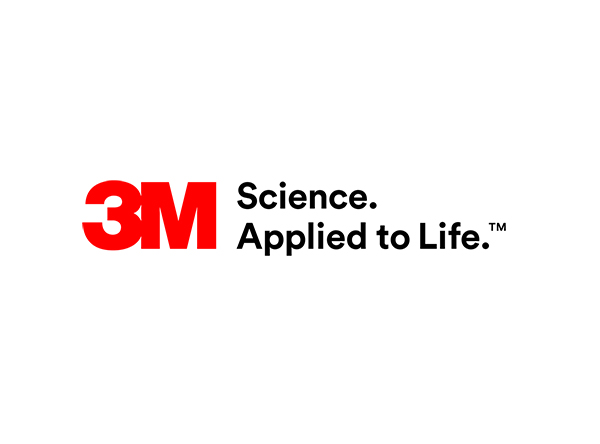
 Whilst digital scanners are becoming more popular and ever more accurate, the reality stands that the majority of GDPs are still using VPS/Polyether for their impressions. A contemporary understanding of the materials available is therefore necessary to assist our clinical outcomes. Prior to impression taking, the salient features of preparation include removing sharp edges, ensuring finish lines are clear (where intended), and making sure that abutments are completely dry, as well as free of saliva, blood and debris. Vinylpolysiloxone is inherently hydrophobic, and whilst manufacturers have increasingly developed different formulations to improve hydrophilicity of products, the drawback remains that washed out margins and air bubbles are more likely to occur. Polyether, on the other hand, absorbs moisture and is resilient to contamination.
Whilst digital scanners are becoming more popular and ever more accurate, the reality stands that the majority of GDPs are still using VPS/Polyether for their impressions. A contemporary understanding of the materials available is therefore necessary to assist our clinical outcomes. Prior to impression taking, the salient features of preparation include removing sharp edges, ensuring finish lines are clear (where intended), and making sure that abutments are completely dry, as well as free of saliva, blood and debris. Vinylpolysiloxone is inherently hydrophobic, and whilst manufacturers have increasingly developed different formulations to improve hydrophilicity of products, the drawback remains that washed out margins and air bubbles are more likely to occur. Polyether, on the other hand, absorbs moisture and is resilient to contamination.
The ideal conditions are the same as with vinylpolysiloxone, however, polyether has become a mainstay in dentistry for its accuracy in capturing the details of multiple abutments and its rigidity involving fixture level implant impressions.
Preparation design is a topic of much debate and, though this is not the focus of this article, the surface texture of a prepared abutment has a modest influence on the quality of the impression. In the event of sharp angles, this encourages the low viscosity material to potentially tear and distort upon removal from the mouth. But how do we know when to stop finishing/smoothing a preparation? In the author’s experience, use of rotary abrasive discs (Sof-Lex Diamond polishing system from 3M or Supersnap from Shofu) adequately finish a preparation. The grit size of an orange Sof-Lex XT system or purple Supersnap is ideal for this purpose. Further still, speed-increasing hand pieces are an excellent addition to the clinician’s armamentarium, and the reduced micro-vibration in the bur tip allows for optimal control at the outset (Figures 1-3). W&H and NSK are two reputable providers of such equipment.
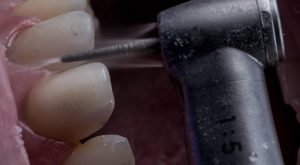
Figure: 1
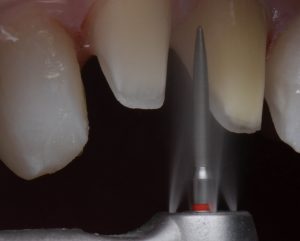
Figure: 2
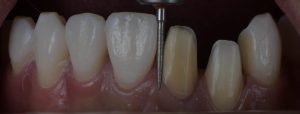
Figure: 3
The following is a summary of impression materials, as recommended by the author:
1) Imprint 4 VPS impression material from 3M Oral Care, auto-mixer only (3M Pentamix 3 or Pentamix Lite machine). Excellent margin definition and handling. Unforgiving in the presence of moisture and/or unfinished preparations. Figure 4.

Figure: 4
2) Honigum from DMG, VPS Auto-mixer (DMG Mixstar) or hand-mix. Excellent margin definition and handling. Highest number of accurate repeated castings. Figure 5.
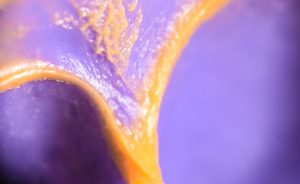
Figure: 5
3) Doric Definition from Schottlander, VPS hand-mix only. Excellent margin definition and handling. Slowest setting hand-mix available. Consistent and economical. Figure 6.
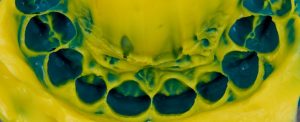
Figure: 6
4) Impregum Super Quick polyether impression material from 3M, auto-mixer only (3M Pentamix 3 or Pentamix Lite). Excellent margin definition and versatility with combination cases and implant impressions. As a ‘super-quick’, this material sets relatively slowly compared to equivalent VPS systems. Forgiving in cases of subgingival margins and contamination. Can be challenging to remove once set. Figures 7-9
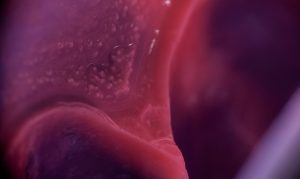
Figure 7
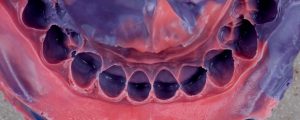
Figure 8
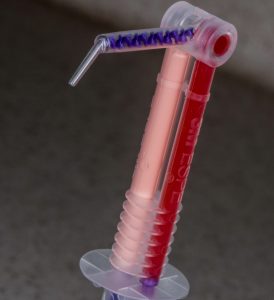 .
.
Figure 9
5) Hydrorise from Zhermack, VPS, hand-mix only. Very good margin definition and handling. Unforgiving in presence of moisture. Figure 10.
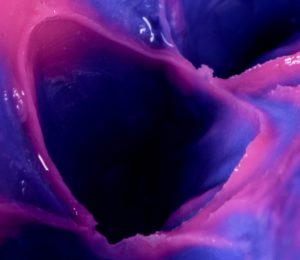
Figure: 10
For more information about products from 3M Oral Care, call 0800 626 578 or visit www.3M.co.uk/Dental
Author bio:
Sahil qualified from the University of Bristol Dental Hospital. He maintains an active affiliation with the British Academy of Aesthetic Dentistry, and British Academy of Cosmetic Dentistry. He believes in positivity, stickability and applying a progressive approach as often as possible.
No Comments
No comments yet.
Sorry, the comment form is closed at this time.



